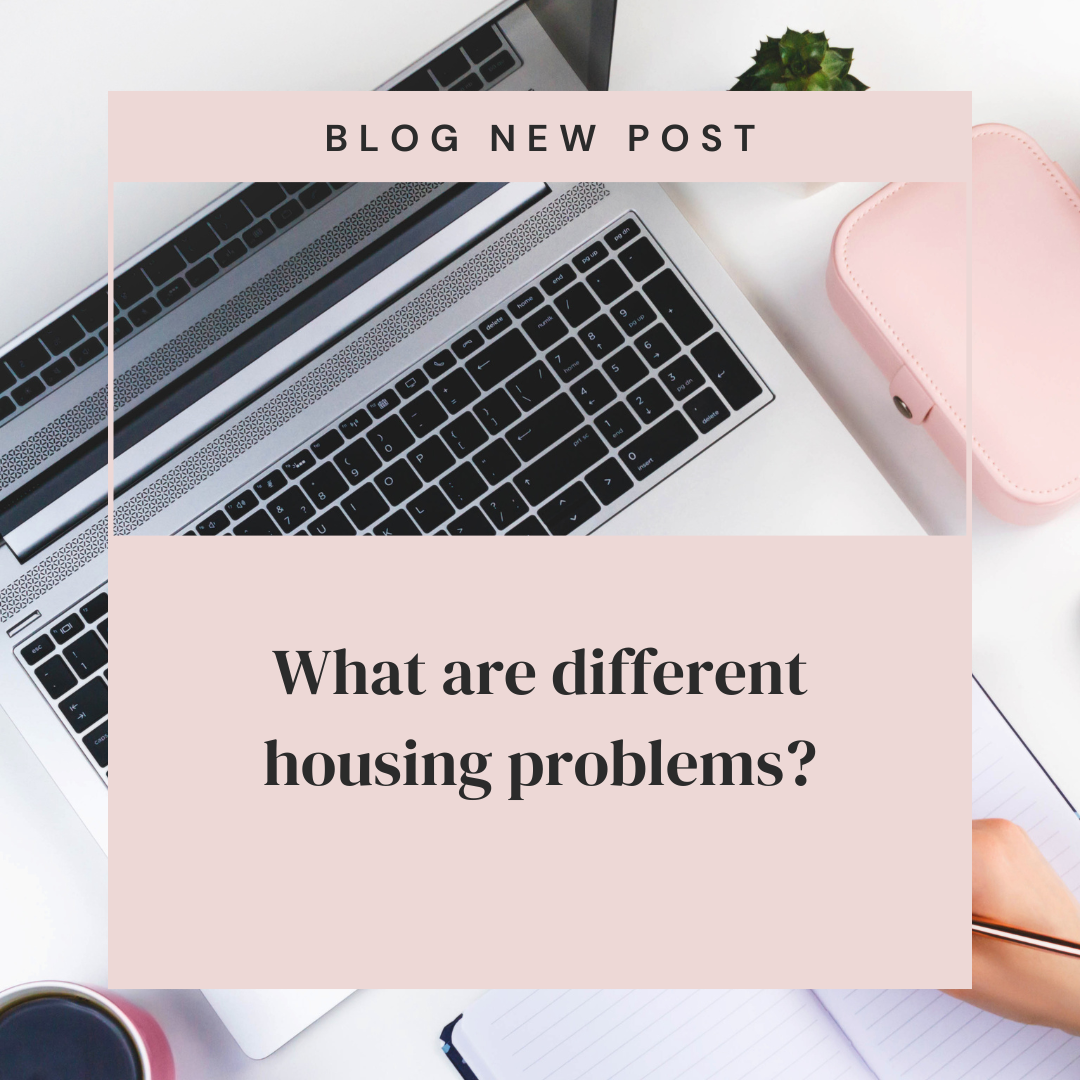When can a tenant claim compensation?
When can a tenant claim compensation? As a tenant in England or Wales, you may be entitled to financial compensation in certain situations where your landlord or property has caused you loss or damage. In this blog post, we’ll look at the key times social housing or private tenants can make legal claims for compensation.
Compensation for Disrepair:
If your rental property is in serious disrepair due to the landlord’s failure to carry out repairs, you may be able to claim compensation by taking your landlord to court. This includes issues like persistent damp, mould growth, faulty electrics and plumbing, pest infestations, lack of heating and structural damage.
To claim, you’ll need written evidence you notified your landlord reasonably about the disrepair without resolution. The compensation amount will depend on the extent of damage and loss in value of your tenancy due to the unfixed problems.
Compensation for Injuries or Losses:
Tenants can also claim compensation if the poor condition of the property directly causes injury, illness or other losses. For example, if faulty wiring electrocutes you, or mould causes respiratory illness. Claims can also be made for losses like destroyed furniture due to a burst pipe or rat infestation.
In these cases, you’ll need documented evidence linking the landlord’s negligence to your losses. Photographs, inspection reports, medical records and cost estimates will help support your claim.
Compensation for Illegal Eviction:
If your landlord illegally evicts you without following formal process, you can take them to court for compensation. Landlords who change locks, shut off utilities or force tenants out without a court order face strict penalties. Affected tenants are entitled to recover removal costs, temporary accommodation fees and lost belongings.
In most cases, making a successful compensation claim will require formal legal advice and representation in court. But when landlords breach their duties, compensation provides important financial remedies for affected tenants.
Important links
Housing Disrepair Advice: https://housingdisrepairadvice.org/contact
Housing Ombudsman: https://www.housing-ombudsman.org.uk/









